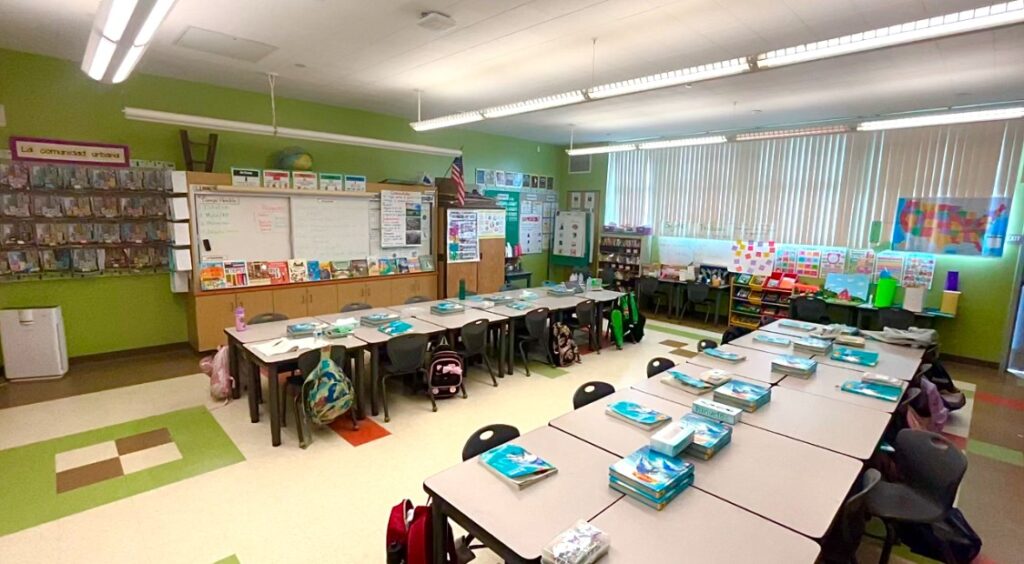(Camarillo, Calif.) — In a controversial move, President Donald Trump has issued an executive order to begin dismantling the Department of Education.
While Congress will have the final say over the DOE’s fate, after four decades of serving American students, the administration’s actions have already raised concerns with educations and left questions unanswered.
The department’s workforce was slashed in half earlier this month with 1,300 employees laid off and another 600 accepting severance packages to part ways with the agency. When President Trump took office in January, the DOE was staffed with over 4,000 people.
The DOE, which plays a critical role in enforcing civil rights protections and funding rural and underprivileged schools, as well as managing student loans, now faces uncertainty.
The administration argues that education should be managed at the state level and proposes that local control could lead to more tailored and effective solutions. However, critics warn that gutting the department could leave needy and disabled students at risk. Title I schools, which serve underprivileged communities, receive billions in federal aid each year — a lifeline that could crumble under the targeted changes.
Veronica Garcia, a veteran educator at a Title I institution expressed deep concern about the potential impact on students and teachers alike if the administration gets their way.
“Without federal funding, our school wouldn’t have the resources for language immersion programs, technology, or basic support staff,” Garcia said. “We could even see educator layoffs.”
She fears that veteran educators like herself may be forced to shoulder additional financial burdens, larger class sizes and overall diminished educational quality.
The stakes are particularly higher in red states like Mississippi, where federal aid accounts for over 23% of K-12 educational budgets — compared to New York’s 7%, per USA Facts.
The DOE also oversees subsidized loans and Pell Grants which help millions of students pay for college. With reduced staff to direct these programs, accessibility issues and delays could stand in the way for those seeking higher education.
High school educator Kate Blumenthal echoed these concerns, noting that potential ripple effects may make college even more out of reach for some. She also expressed the need to emphasize the importance of quality education to students.
“America is not going to be great if we don’t have educated people who know how to work in these industries, who know how to innovate — America’s going to fall behind,” she said. “Other countries that are investing in education, they are the ones who are going to surpass us.”
Trump’s plans to eliminate the DOE are expected to face legal challenges, as many of his previous executive actions have. Litigation experts anticipate that his latest move will undergo similar legal scrutiny.
For now, parents, educators, and students across the nation are left wondering what will happen next as well as how their futures and schools will be impacted by the threat to the Department of Education.


